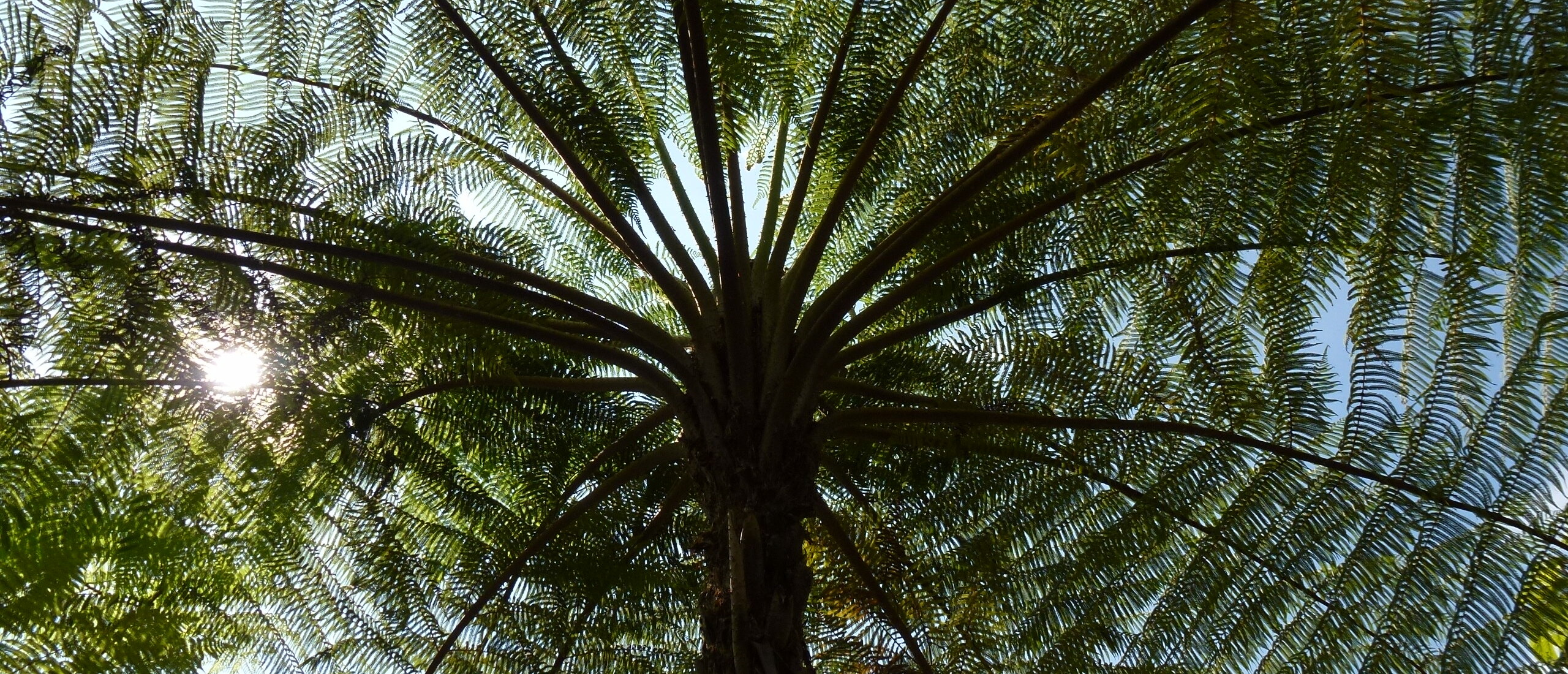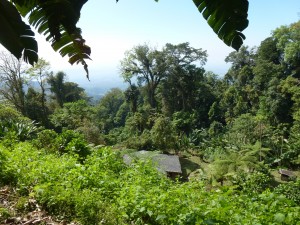
¡Es una hembra – agárremela! Today’s title, roughly translated as “It’s a female – grab it!”, sadly does not refer to a female Drucina championi, but rather to a female Morpho helenor…but more of her later! We set off, virtually the entire Drucina team of Luisa, Matt and myself, on our way down to the La Sarita restaurant near Escuintla, where we were picked up by José Monzón, our entomologist friend from the Universidad del Valle, and who had accompanied us on the day when we finally found Drucina championi. José had invited us to join him on a visit he was due to make to the university’s reserve on the southern slopes of the Volcán Atitlán. We even had hopes of locating Drucina there; as it definitely occurs on the Volcán Santo Tomás, and on the Volcán de Agua, and Atitlán is in between these two, it almost certainly will be living there too. Our journey first took us along the Pacific highway, past the grotty junction at Cocales, and shortly afterwards we turned off northwards, passing through the pueblo of Santa Barbara only with difficulty as almost all roads had been blocked due to a fiesta.
 Volcán Atitlán seen from the Finca Panamá
Volcán Atitlán seen from the Finca Panamá
From here we headed closer and closer to the towering bulk of the Volcán Atitlán, eventually reaching the beautifully maintained and run Finca Panamá, such a contrast to the broken down mess that I had seen the day before in San Andrés Ozuna. Forgive the political comment, but perhaps those who are opposed to all forms of private ownership and favour community projects, where there is often nobody in charge and nobody with vision, should visit the two extremes of the Finca Panamá and the totally rundown, shambolic San Andrés Ozuna, which I had been distressed to see the day before, before making their judgments.
 A quina plantation on the lower slopes
A quina plantation on the lower slopes
It was not long before we really started to climb, at first along well maintained stone-surfaced tracks – here they even still place individual round stones into the road surface by hand, more labour-intensive but far more durable in the long term. Then we eventually reached the upper limit of the cultivated area and entered the native forest…José’s driving skills and the strength of his Mazda 4X4 pickup were well tested, and both passed! After rounding many bends that were so sharp that José had to back up in order to drive on, and lurching up seemingly ever steeper inclines, we finally reached the biological station belonging to the Universidad del Valle, where we parked up and were introduced to the resident guard, known as Chico. The wooden chalet-style house here is beautifully situated and well maintained, with a spectacular view down through the forest and out towards the Pacific coast. I am not quite sure of the exact situation, but it seems that the funding for José’s role as administrator of this site is due to expire, after which there will be nobody to keep an eye on this wonderful place. In addition, the university no longer sends students here on field trips, as two guards mysteriously disappeared some time ago, and the wife of one of them managed to extract a large sum of money from the university authorities in compensation. No bodies were ever found, and rumour has it that the two guards are now living happily in the United States!
 The Drucina team at the biological station
The Drucina team at the biological station
Our first question to Chico was to ask how far it would be to hike to a bamboo zone where we might find Drucina. Chico replied that it would be at least four hours of extremely rough, straight upwards hike, requiring machetes as there was no trail. After some thought, it was decided that we would not do this, partly as by the time we reached a suitable area, the clouds would have built up and we would not find the butterfly. Instead, we hiked out from the biological station on another, more horizontal track that took us a short distance along the contour of the volcano, eventually reaching a more open area where some quina trees (from which quinine is made) had been planted some years previously. Butterflies were surprisingly scarce, but suddenly, when I was perched in a distinctly precarious position, sandwiched between a tree and a precipice, there came a cry from José: “¡Es una hembra – agárremela!”, roughly translated as “It’s a female - grab it!”. I turned, somewhat gingerly, and saw a huge female Morpho helenor flapping gracefully towards me. Somehow, and I am still not sure exactly how, I made a surprisingly elegant sweep of the net…and caught the Morpho!
 Butter-fingers Champion before the disaster
Butter-fingers Champion before the disaster
José has a collection of the foodplants of Morpho helenor in his house, and it is one of his dreams to rear the larvae of this species and to observe their development. Now we had a female, which had quite likely already mated, and José could then take this home with him in the hope that she would lay eggs and he would then have the chance to fulfil this dream. José then extracted this huge butterfly carefully from the net, and asked me if I would like a photograph of me with the butterfly in my hand, before placing her in a container for transport back to Guatemala City. He handed over the butterfly to me, while I tried to extract my own camera from my pocket so that he would be able to take a picture with it as well as with his camera. Somehow, this movement, plus the extremely unstable position I was standing in, right on the edge of a cliff, caused me to lose concentration…..and suddenly the Morpho slipped from my hand and flew jerkily away! Luisa’s comment was: “That wasn’t a butter-fly, it was a butter-flew….and it escaped from butter-fingers Champion!”. Oh dear, will I ever live that down?!!
 José close to where the Morpho butter-flew away
José close to where the Morpho butter-flew away
 The biological station from above
The biological station from above
After this disaster (but perhaps a lucky escape for the Morpho!), we retraced our steps, took another very short walk above the biological station, and then climbed back into the Mazda for the descent. At one point we stopped at a corner where many butterflies were flying and feeding on the damp volcanic soil. Here I slightly redeemed my reputation by netting a Memphis (Anaea), a new species for José, but the butter-flew was still flapping around in my brain, and it will be for some time to come!












